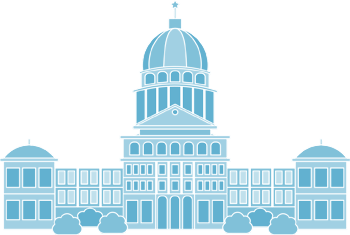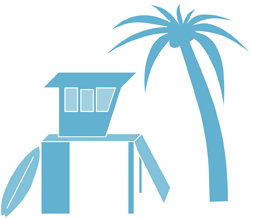
September 12, 2009
I recently sat in on a best practices for on page WordPress SEO at WordCamp LA. We’ve been using WordPress as our blogging platform and CMS of choice since 2006. It was fun to hear other SEO consultants take on WordPress. Key findings :
- The H1 Tag recently had its relevancy downgraded
- Flat site architecture is the preferred structure for url’s. In the past, the /%category%/%postname%/ permalink structure was preferred. To keep it flat, use /%postname%/.
- Customize your “more” tag with a keyword rich linking structure
- Always use either excerpts or the more tag on your category pages. This will ensure that full posts aren’t being shown and you won’t have to worry about duplicate content issues.
- The All in One plugin is a staple to have clean meta information
Video and Image Optimization
- Video file names are just as important as image file names. Keep them keyword rich.
- Host video files locally as well as on video distribution sites (YouTube, MetaCafe, etc.)
- Make sure that you link the videos back to each other. For YouTube, you can put a link in the description.
- The larger the image size, the better for image search.
Page load speed will start to play a greater relevance in the search engine results page. The biggest factor that decreases your load times are plugins. However, you won’t see the page load decrease until you have around 1 million plus page views. WP Super cache is a great plugin to increase your page load speed. Make sure that you install this plugin after your design is finished. Otherwise, it can be a real pain to keep emptying your cache to check changes.

